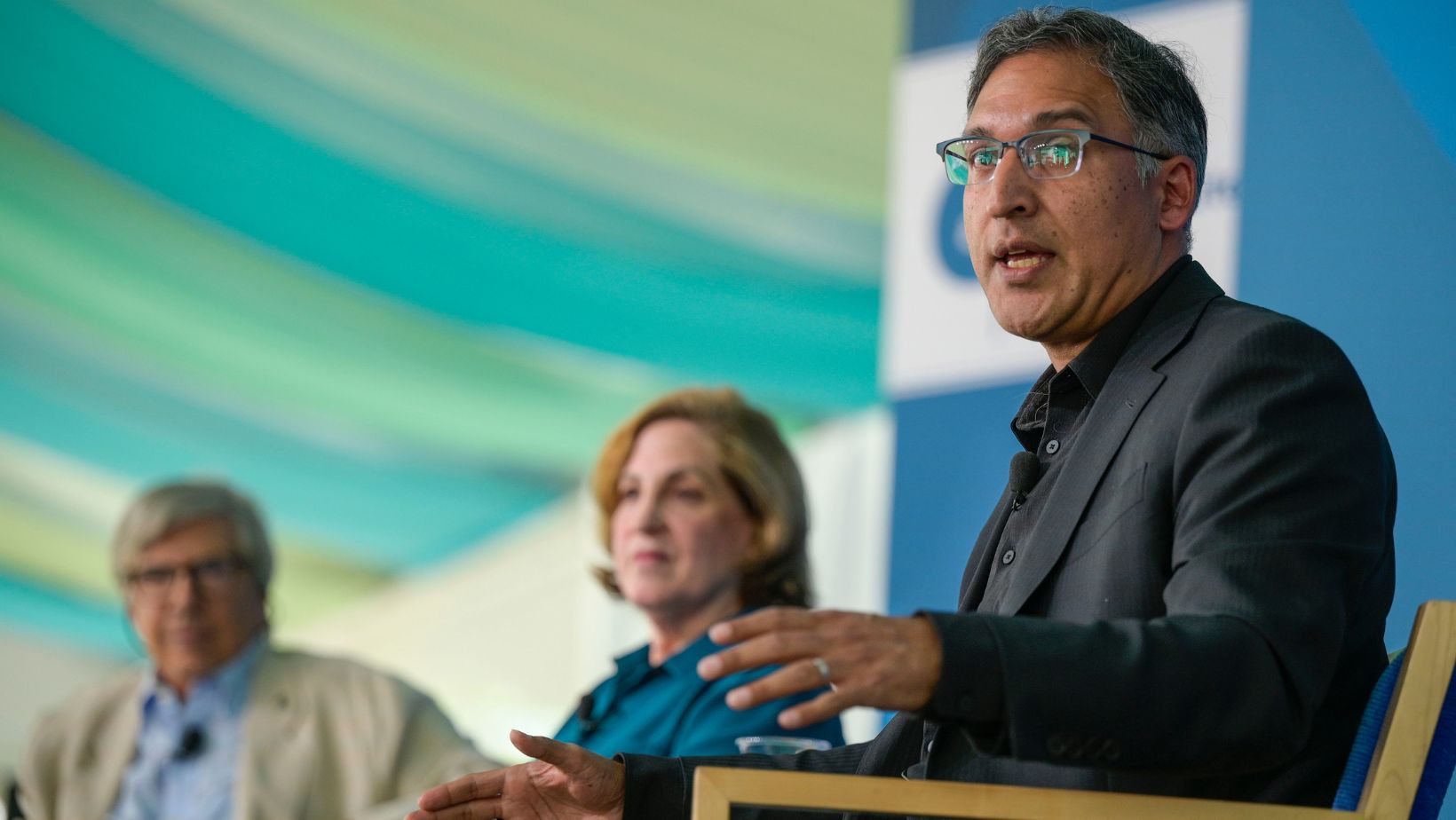After the Ninth Circuit order upholding Judge Robart’s nationwide emergency stay of President Trump’s executive order limiting travel by legal US residents and visa holders from seven primarily Muslim countries, the president tweeted “SEE YOU IN COURT.” But while businessman Trump could deploy an army of lawyers in multiple federal and state court to wear down his opponents, the options for President Trump are far more limited.
The president could seek a full hearing before all the judges in the Ninth Circuit (an “en banc” session). But the Circuit is unlikely to agree to such a hearing. That’s because the decision of the three judge panel — consisting of judges appointed by both Republican and Democratic presidents — was unanimous and per curiam, meaning no author is identified. Second, the relief is preliminary, and circuit courts are reluctant to take anything but final judgments for full en banc review.
The president could also seek expedited relief from Associate Justice Anthony Kennedy, the US Supreme Court Justice who hears matters from the Ninth Circuit. But such relief is purely discretionary, and there is no reason to think Justice Kennedy wants to put himself in the middle of a crisis of the president’s own manufacture. This type of relief is reserved for cases like imminent execution — matters of immediate life or death. And the oral argument in the Ninth Circuit made clear that the US government was unable to show any evidence of imminent and specific harm.
Finally, some have speculated that courts in other circuits have ruled differently than the Ninth Circuit, and so a circuit split will require the US Supreme Court to take the case up. There is reason to doubt this as well. First of all, Judge Robart’s order has nationwide application, and so far, the Ninth Circuit has not limited that (they may after a hearing on the merits, which may take months). For the litigants in pending cases in Boston and in Virginia, even a government win at the district court level does not trump (forgive the language) the decision of a circuit court with nationwide application — so the attorneys for the visaholders and lawful permanent residents have no incentive to test their luck in the First and Fourth Circuits.
The US Supreme Court itself, without a full complement of Justices pending the confirmation of Neil Gorsuch, would be reluctant to take on the risk of being criticized for being “political.” In any event, the preliminary findings of the Ninth Circuit, without additional development of the record, are not ripe for review by the Court. So while at some point the US Supreme Court may see the case, it will not be for many months, by which time the executive order will have lapsed on its own terms (it was written to stand for 90 and 120 days, depending on the section).
What the entire exercise reveals is that the president acted precipitously and broadly — applying the order to lawful permanent residents and holders of valid visas created due process issues. Moreover, as President Bush and his Justice Department learned in the Guantanamo cases, even in wartime (and in the recent aftermath of a massive attack by terrorists on US soil) the power of the president to detain and interrogate alleged enemy combatants is limited. Imagine how much less power the president has when it comes to peacetime immigration and travel by visa holders and legal residents. The Ninth Circuit, in fact, specifically rejected the contention that the president has unreviewable discretion in immigration matters.
Finally, the court appropriately found that there is a good chance that the plaintiffs will succeed on First Amendment religious discrimination grounds. As Peter Bergen noted in a review of the 78 terrorist attacks that the administration used as justification for the executive order, at most nine out of ninety alleged perpetrators were from any of the countries included in the travel ban. (More than half were from Christian-majority nations in the West.) The only thing that distinguishes those seven nations is that they are weak states, with poor vetting procedures. A temporary prospective halt to immigration from those nations pending a review of their vetting procedures might well have survived a court challenge. But the massive scope of the executive order suggests that the motivation was religiously biased and heedless of the rule of law.
The Ninth Circuit has injected a welcome jolt of light and oxygen into a difficult political time. The very fact that the panel is composed of judges appointed by different presidents, in different eras — and that they are supported in their respect for the rules by none other than Trump’s Supreme Court nominee — tells us that the judges of the US federal courts are very much aware of the awesome responsibility they have as a check on the power of the presidency, and that they will be willing to exercise it in the months to come.
Meryl Justin Chertoff is executive director of the Aspen Institute Justice and Society Program.


